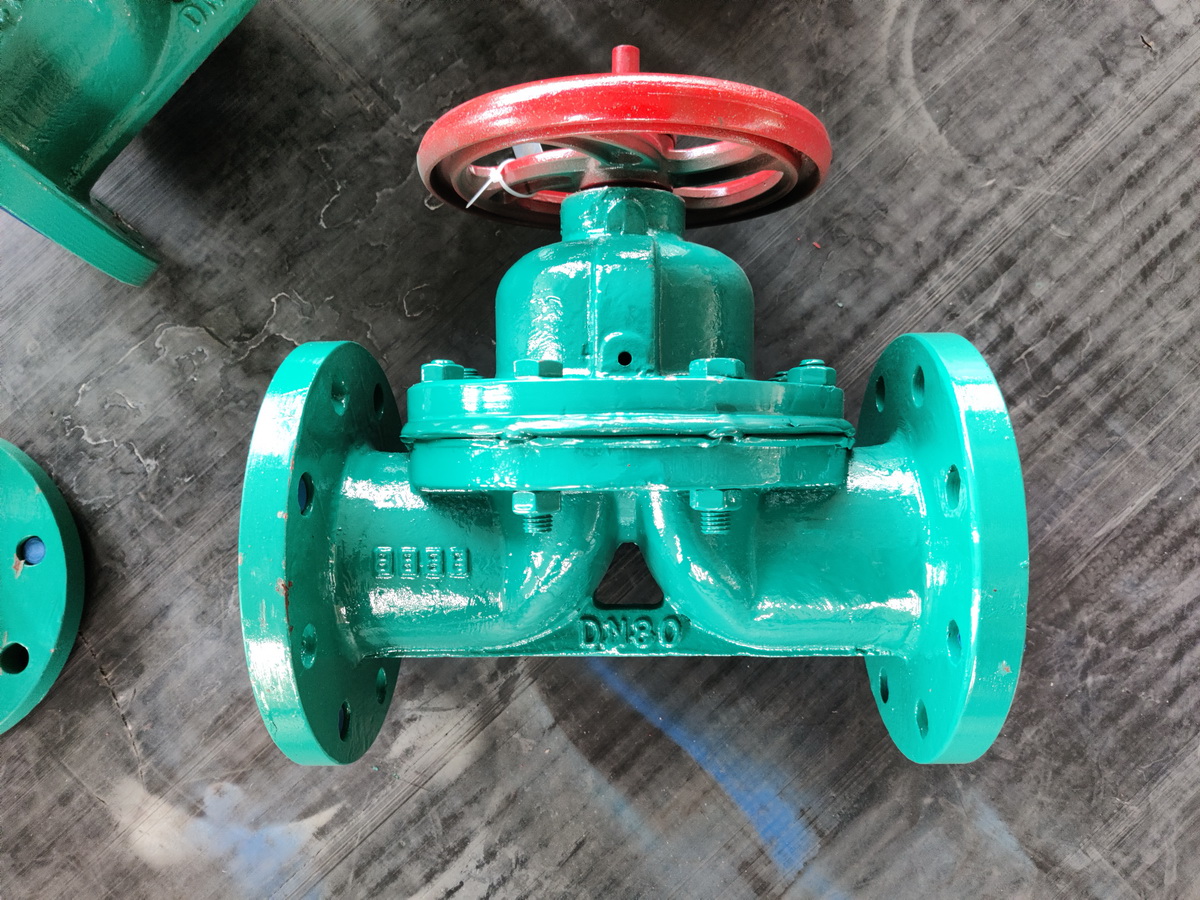Steel, alumina industry valve performance cases valve cast steel parts appearance quality requirements

Ball valve, globe valve, butterfly valve
Steel castings of valves shall be inspected for a second after being dressed and trimmed, and shall be evaluated for various defects on the surface according to the photos specified in this standard (see Chapter 4). This standard collected 12 surface defect age types (see 4.1–4.12, each defect type includes 5 cases represented by A, B, C, D and E. All defect types [type a} light c}} terms in the rating photos are explained only for surface defects. The types and characteristics of various surface defects are described as follows:
1 Range
This standard specifies the types and characteristics of surface defects in valves, flanges, pipe fittings and other compression steel castings.
This standard applies to the visual inspection and acceptance of the surface quality of valves, flanges, pipe fittings and other compression steel castings.
2. Surface quality assessment
The steel castings should be inspected for a second after being repaired and trimmed, and the defects on the surface of the castings should be evaluated according to the photos specified in this standard (see Chapter 4).
3. Rating the caption of the photo
3.1 This standard collects 12 surface defect age types (see 4.1–4.12), each defect type includes 5 cases represented by A, B, C, D and E, two cases shown by A and B are acceptable (qualified), and three cases of C, D and E are unacceptable (unqualified) defects. In consideration of the problems caused by waxes using the same standard to determine the size of overwidth of the casting surface, the 60 photographs provided in this standard are examples of actual size drawings of any 4 X 100 mm X 125 mm area of the specified casting surface.
3. 2 All defect types in the rating photos [Type a} light c}} terms are explained to apply only to surface defects. The types and characteristics of each surface defect are described as follows:
a} crack: linear cracking on the surface of steel castings due to the action of internal and external stresses. Usually visible surface cracks are not qualified.
b) Shrinkage cavity: Due to metal}}L-1}}, in the pouring and riser cutting of steel castings, the shape is extremely irregular, the wall is rough and there are dendri-like crystal holes.
C) Sand (slag) holes: holes with sand (slag) formed on the surface of the steel cast due to the involvement of sand into the molten metal.
d) Pores: due to the mixture of gas in the molten metal, and the formation of different sizes on the surface of the skim l “, the hole wall is smooth and pear shaped, round, oval or needle shaped holes.
e (Ridged projection): A spike (ridge) shaped metal projection on the surface of a steel cast. The shape of the extremely irregular, reticular or vein-like distribution of burrs called veins.
f) Rat tail: shallow (less than 5~) indentations with acute angles are formed on the surface of the skimmer due to defects or deformation of the sand surface.
g) Cold separation and crease: penetrative or impenetrable crevices formed on the surface of steel castings in the shape of rounded corners due to incomplete integration of the dance type. In the epidermis generally with a deeper network of grooves called creases.
h) Cut scar: steel cast in the process of cleaning, cutting and pouring, riser, due to improper dressing left.
i) Scar: metal protrusions formed on the surface of steel castings are scar-like. The surface is rough, the edge is sharp, there is a small sound hope metal and the handcuffed steel body is connected, and there is a sand layer between the scar and the casting.
j} Brace scar: Left on the surface of a steel cast by the failure of the core brace or inner chiller to melt completely.
k) Welding scar: the welding repair of steel castings is left due to poor repair after welding.
l) Rough surface: the surface of the steel cast is not smooth and uneven.
4 Rating Photos
4. 1 Type a): Crack
Post time: Nov-24-2022




